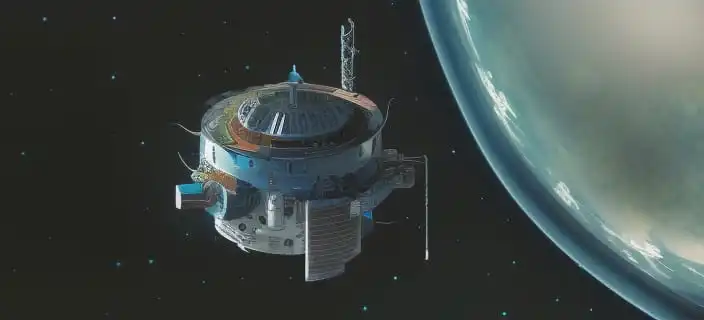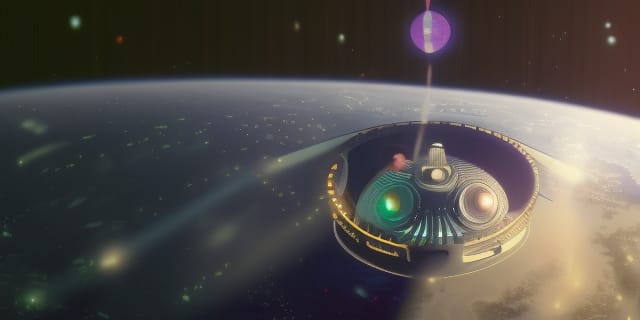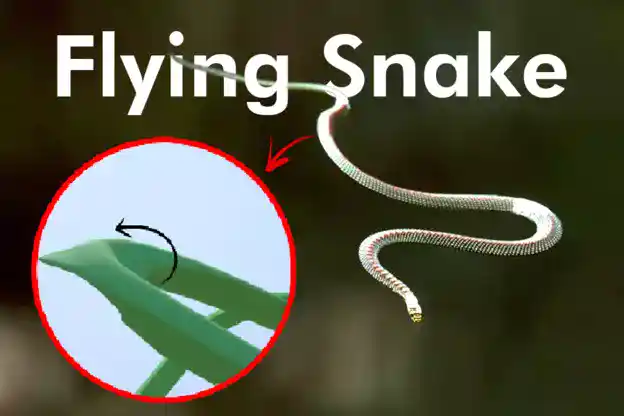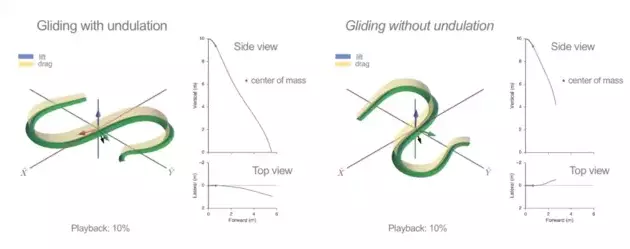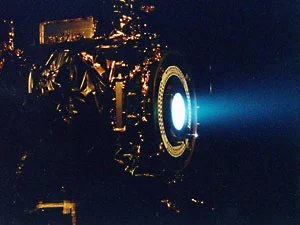The Star Wars franchise has captivated audiences for decades with its epic space battles, daring heroes, and larger-than-life villains. One of the most iconic elements of the Star Wars universe is the concept of superweapons that can release enough energy to destroy an entire planet. From the Death Star to Starkiller Base, these weapons represent the ultimate form of destructive power, capable of wiping out entire civilizations in the blink of an eye.
However, while these superweapons may be the stuff of science fiction, the question remains: just how much energy would it actually take to destroy a planet in real life? In this article, we’ll explore the fascinating science behind this question and uncover the mind-boggling amount of energy required to destroy a planet.
- What is Gravitational Binding Energy?
- Calculation of Energy Required to Destroy Earth
- Limitations and Consequences
- Can we do that with our current technology?
- Can we do that with our current technology?
- FAQs
- Conclusion
Introduction
In 2011, a paper addressed the question of how much energy it would take to destroy a planet by calculating its gravitational binding energy. While this calculation is based on several assumptions, including the assumption that the planet is spherical and has no protection, it provides us with a rough estimate of the immense power required to completely disperse a planet. In this blog post, we will explore the physics and mathematics behind the concept of planetary destruction, and consider the ethical and environmental implications of pursuing such destructive technologies
What is Gravitational Binding Energy?
To understand how much energy it would take to destroy a planet, we first need to explore the concept of gravitational binding energy. This is the amount of energy required to completely disperse a planet, or in other words, overcome the gravitational forces that hold it together. The formula for gravitational binding energy is ![]()
where G is the gravitational constant, M is the mass of the planet, and R is its radius. However, since we’re assuming that the planet has no protection and is spherical, this is a simplified approximation that may not take into account other factors such as a planet’s atmosphere or internal structure.
Calculation of Energy Required to Destroy Earth
Using the formula for gravitational binding energy, we can calculate the amount of energy required to destroy Earth. With a mass of approximately 5.97 × 10²⁴ kg and a radius of 6,371 km, the energy required to completely disperse Earth is a mind-boggling 2.25 × 10³² J. To put this into context, the energy released by the Little Boy atomic bomb dropped on Hiroshima was 63 TJ, which is more than 35 million times less than the energy required to destroy Earth.

Limitations and Consequences
While the calculation for gravitational binding energy provides us with an idea of the energy required to destroy a planet, it’s important to recognize its limitations. For instance, the calculation assumes a planet is perfectly spherical and has no protection, such as a magnetic field or atmosphere. Additionally, destroying a planet would have catastrophic consequences not just for the planet itself, but for the entire solar system. For instance, if a planet like Jupiter were destroyed, its massive gravitational field would likely send debris hurtling towards other planets, potentially causing a cascade of destruction throughout the solar system.
Can we do that with our current technology?
While the concept of superweapons that can destroy entire planets has been explored in science fiction, we do not currently have the technology to achieve such a feat. Our current technology and understanding of physics are not advanced enough to generate the immense amounts of energy required to completely disperse a planet. Moreover, even if we did possess such technology, the catastrophic consequences of destroying a planet would make such an endeavor not only unethical, but also impractical and dangerous. As such, it is important to recognize the limits of our current technology and the need for responsible and ethical scientific progress.
FAQs:
Q: Can we actually destroy a planet using a death ray or other superweapons?
A: The concept of superweapons that can destroy entire planets is a staple of science fiction, but it’s important to recognize that this is not currently within our technological capabilities. Moreover, the destruction of a planet would have catastrophic consequences not just for the planet itself, but for the entire solar system.
Q: How accurate is the calculation of gravitational binding energy in determining the energy required to destroy a planet?
A: The calculation for gravitational binding energy is a simplified approximation that assumes a planet is perfectly spherical and has no protection, such as a magnetic field or atmosphere. However, it provides us with a rough estimate of the energy required to completely disperse a planet.
Q: What are the potential consequences of destroying a planet?
A: Destroying a planet would have catastrophic consequences not just for the planet itself, but for the entire solar system. If a planet like Jupiter were destroyed, its massive gravitational field would likely send debris hurtling towards other planets, potentially causing a cascade of destruction throughout the solar system.
Q: What are some ethical and environmental implications of pursuing superweapons that can destroy planets?
A: Pursuing superweapons that can destroy planets raises serious ethical and environmental concerns. The catastrophic consequences of such weapons would not just impact the target planet, but could also have ripple effects throughout the solar system, potentially causing irreparable harm to the delicate balance of the cosmos. As such, the pursuit of such technologies must be balanced with a sense of responsibility and caution to ensure a sustainable and safe future for all.
Conclusion
In conclusion, the amount of energy required to destroy a planet is truly staggering. While the concept of superweapons that can destroy entire planets may be the stuff of science fiction, the underlying physics and mathematics provide us with a glimpse of the immense power and energy required to achieve such a feat. Moreover, we must consider the ethical and environmental implications of pursuing such destructive technologies, as well as the potential consequences of disrupting the delicate balance of our solar system. Ultimately, the quest for knowledge and progress must be balanced with a sense of responsibility and caution to ensure a sustainable and safe future for all.
























